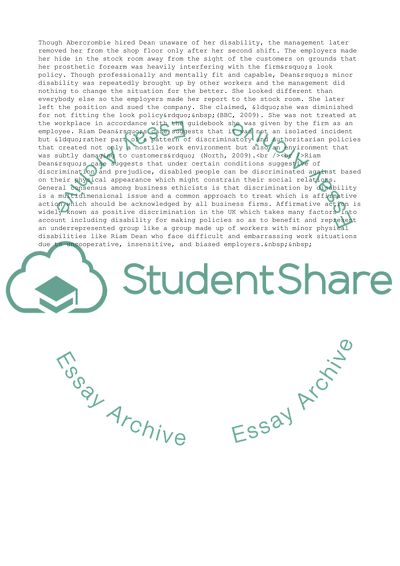Cite this document
(Business, Sustainability and Society Coursework Example | Topics and Well Written Essays - 2000 words, n.d.)
Business, Sustainability and Society Coursework Example | Topics and Well Written Essays - 2000 words. https://studentshare.org/management/1786992-business-sustainability-society
Business, Sustainability and Society Coursework Example | Topics and Well Written Essays - 2000 words. https://studentshare.org/management/1786992-business-sustainability-society
(Business, Sustainability and Society Coursework Example | Topics and Well Written Essays - 2000 Words)
Business, Sustainability and Society Coursework Example | Topics and Well Written Essays - 2000 Words. https://studentshare.org/management/1786992-business-sustainability-society.
Business, Sustainability and Society Coursework Example | Topics and Well Written Essays - 2000 Words. https://studentshare.org/management/1786992-business-sustainability-society.
“Business, Sustainability and Society Coursework Example | Topics and Well Written Essays - 2000 Words”. https://studentshare.org/management/1786992-business-sustainability-society.


